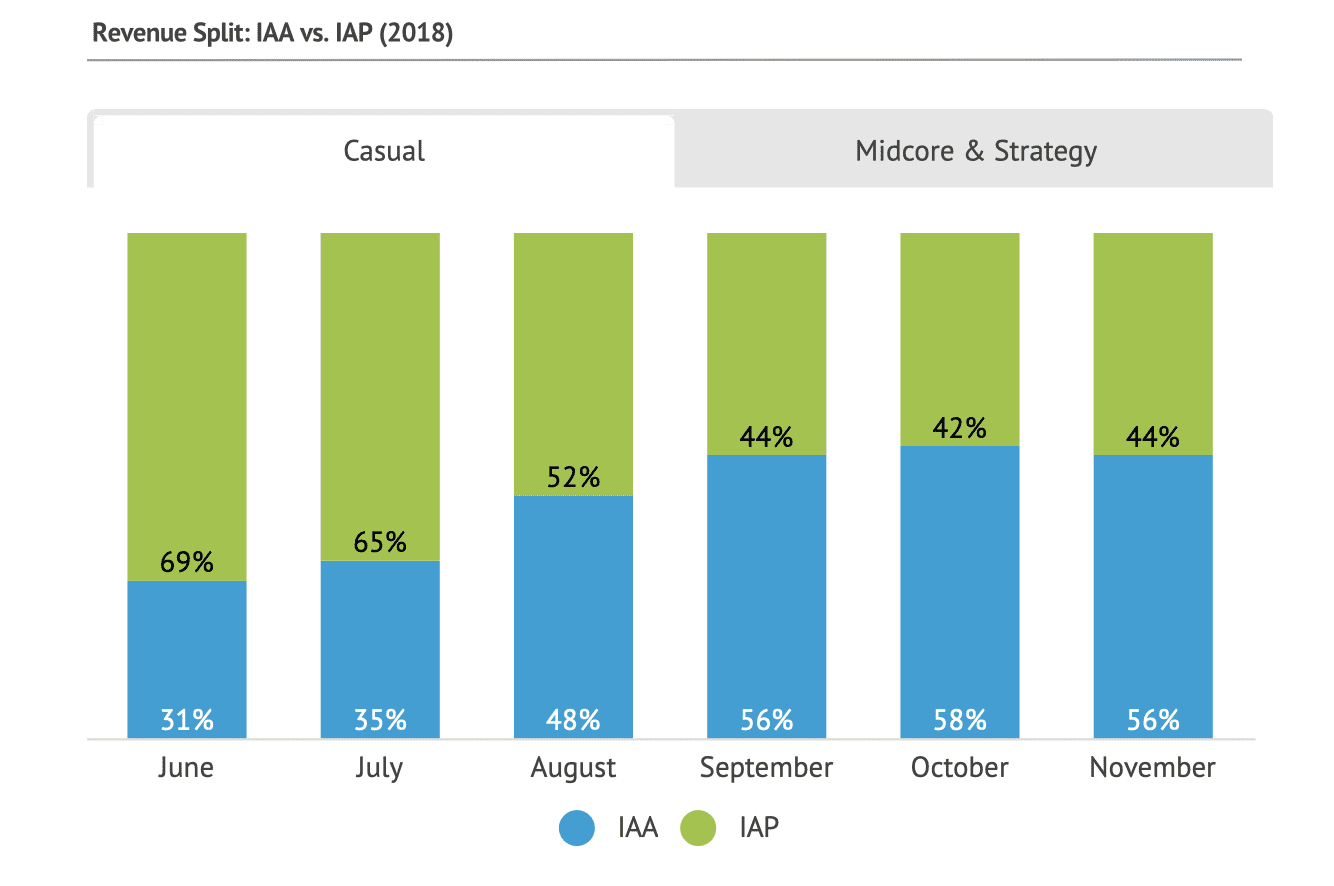 (Screengrab of some actual gameplay in Playrix's "Homescapes". (Source: MoreGamesLike))
(Screengrab of some actual gameplay in Playrix's "Homescapes". (Source: MoreGamesLike))
If you’ve ever played a game on your phone — and really, who hasn’t — you’ve probably seen a fleet of ads. Ads in between rounds of a Match 3 game. Ads offered up as a way to unlock bonuses. Ads just hanging out at the bottom of the screen, getting in the way of your thumb.
The weirdest part: they tend to be ads for other games. Other games that will, in turn, show you ads for yet more games.
Things didn’t always used to be this way. Before games relied on the “freemium” model, people, you know, paid for them. But with even the most popular console and PC games — cough “Fortnite” cough — using a version of the freemium model, the days of paying up front for video games seem to be heading into the sunset.
That’s because the business model of games like “Fortnite” makes sense: people pay Epic Games directly for all the in-game stuff to customize their game, and the game is so popular that big brands — like Marvel — use the game as a marketing platform.
While every game maker wishes their latest release is the next “Fortnite”, the vast sea of games fall into the “Casual” and “Hyper-Casual” categories. (No, really. That’s what they are called in the business.) These are those often super-simple games that fill up Instagram feeds with their promotions if you so much as look at one of their ads too long. (Okay, not really. Maybe. Does anyone really understand algorithms?)

According to a report by Appsflyer, more than half of the revenue of Casual games comes from in-game advertising. And which ads happen to be lucrative? Ads to get you to download other games. While a Casual game on Android might net an advertiser just $1.38, a Casino game on iOS can be worth over $4. That’s a lot of money for just one download, and that’s just in the United States. Advertisers make even more in a country like Japan.
So the game maker’s game plan is simple: make a game that looks fun to play and has enough breaks in the action to show you ads for other games. They also make money selling in-app purchases, which are structured to “help” you beat the game. For the Hyper-Casual and Casual games, ads are beating out in-app purchases. Which means it pays off in those games to just keep you playing and watching ads, even if you’re not buying anything.
Those who do spend money sometimes end up spending ridiculous amounts.
Of course, with these incentives, mobile game makers sometimes play fast and loose with the ads for those games.
Dive into Reddit or any mobile-gaming forum of choice and you’ll find threads about how some ads are downright deceptive. You’ll see “gameplay” video that has nothing to do with the game itself.
Take the game “Homescapes,” which has an ad that makes the game look like a breezy home handyman game, often labeled with a banner that says something like “why is this game so hard”, even though it looks brain-numbingly easy. Yet that isn’t the game at all. “Homescapes” is a — rather successful — Match 3 game with a story progression.
This gameplay ad situation has been around for years, with even ads on the Super Bowl — excuse, us — the Big Game, being called out for showing footage that looked nothing like the real game. Yet nothing happens.
Nothing happens because people keep downloading games from game ads, and just enough people keep paying for in-game purchases to make it worthwhile for game makers to keep advertising. That some games are making more money on ads than purchases could mean the market is cannibalizing itself… but there are other categories of games where purchases still have the upper hand. And, of course, games at the top of the food chain that are more “ways of life” than they are pastimes — like “Fortnite,” which has its own mobile version.
The odds of platform holders doing anything about fake ads are pretty low, as they have an economic incentive — a cut of the profits — when players do finally make a purchase. So if you want to stop seeing all these fake ads: you’re going to have to stop clicking on them.